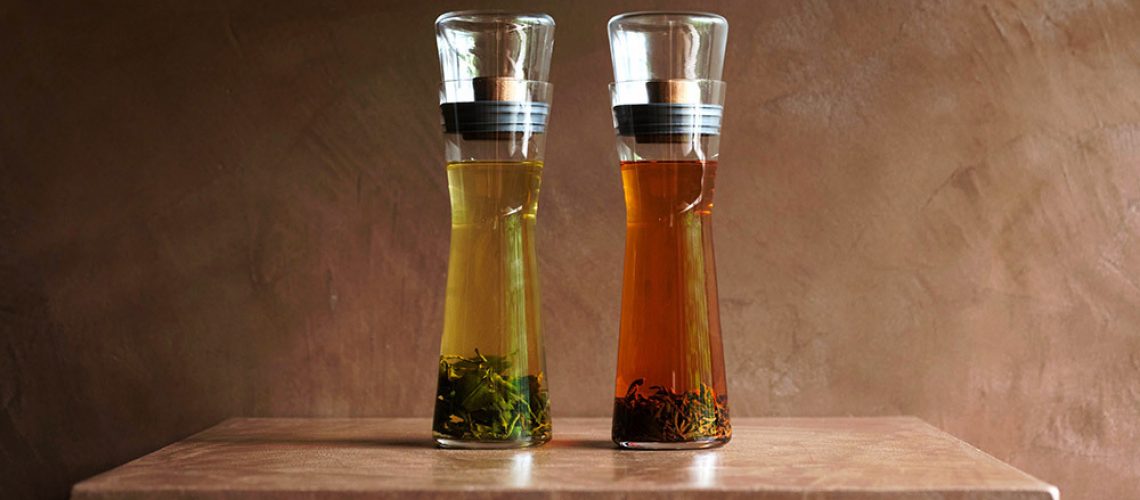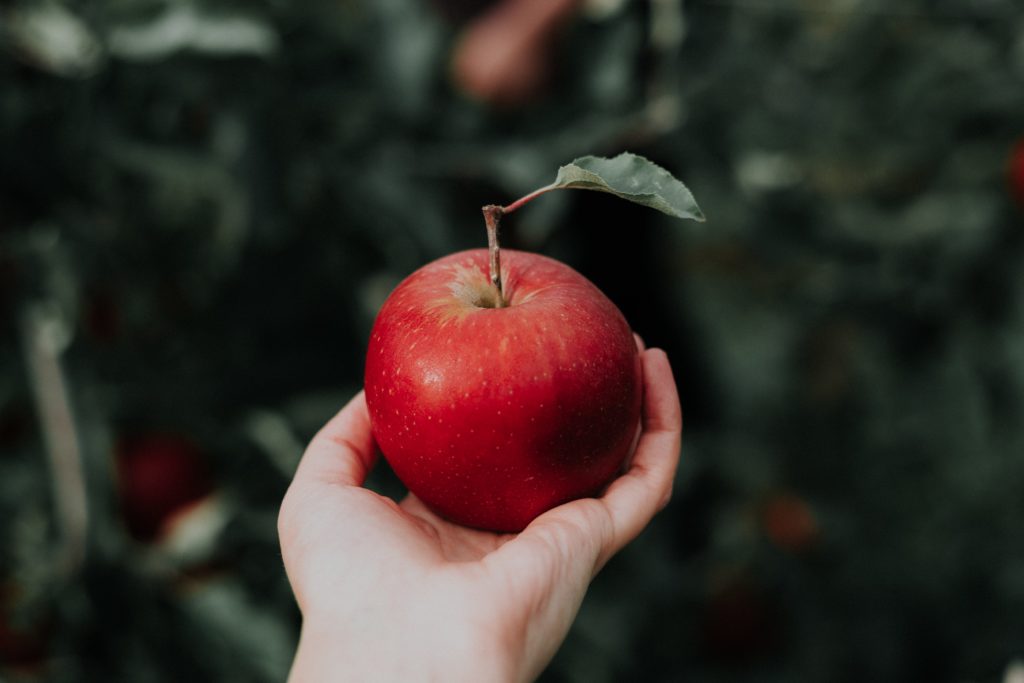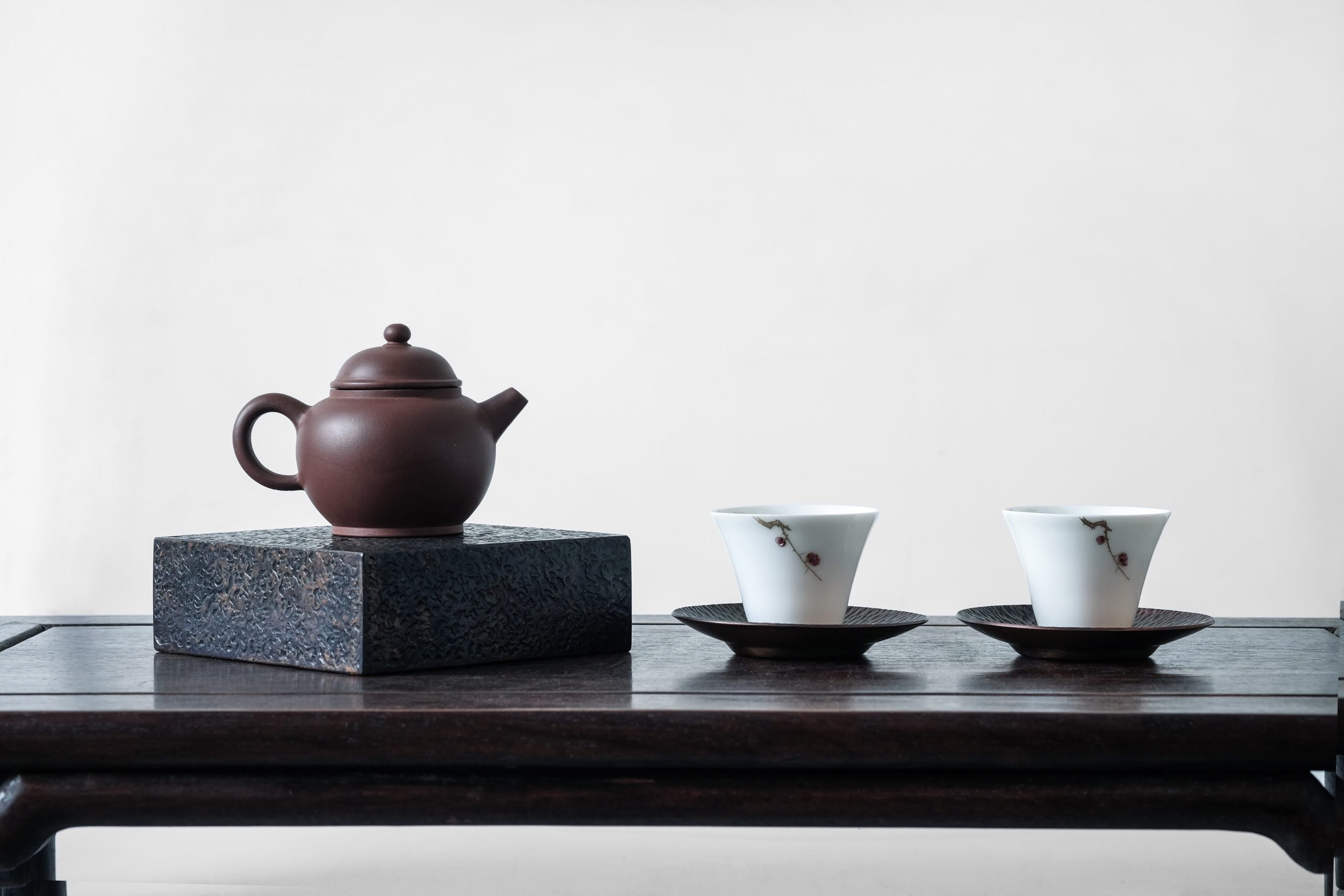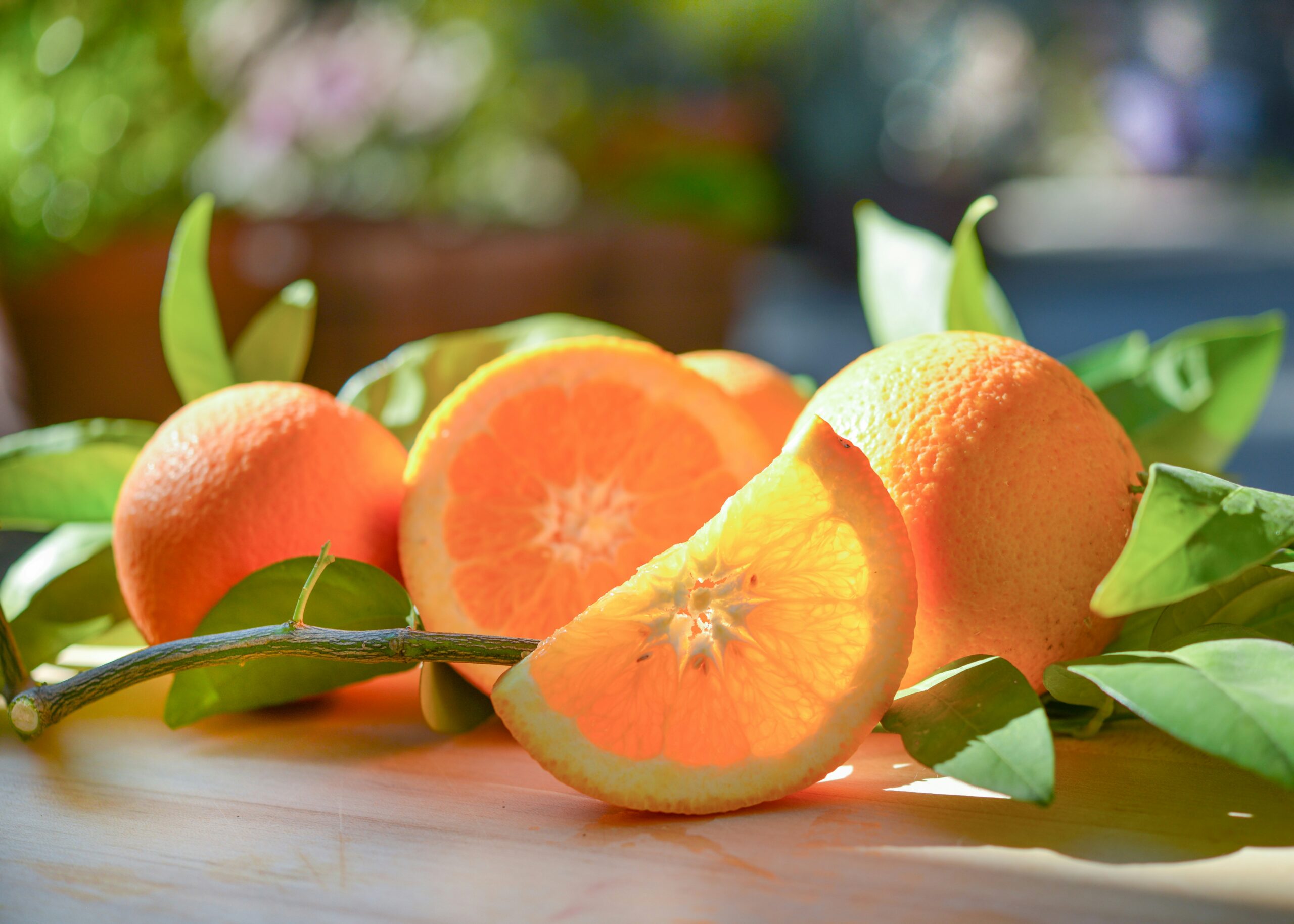Blogs » Non classifié(e) » The statement “Green tea becomes black tea when fermented” is half true and half false.
The statement « Green tea becomes black tea when fermented » is half true and half false.

« Both green tea, oolong tea, and black tea are made from the same tea leaves, and fermenting green tea turns it into black tea. »
Since green tea, oolong tea, and black tea are all made from the leaves of Camellia sinensis, an evergreen tree in the Theaceae family, the first part of this sentence is correct.
Now, what do you think fermentation is? In this article, I would like to introduce you to fermentation in the context of tea.
In the world of tea, there are two terms: « fermentation » and « post-fermentation. » The fermentation that distinguishes green tea, oolong tea, and black tea is the former, and in fact, the phenomenon is really « oxidation. »
Have you ever noticed an apple turning brown after being cut and left for a while? At that time, we say the apple has « oxidized. » Tea « fermentation » is the same phenomenon.

Thinking of the oxidation of apples, it makes sense that as oxidation progresses, leaves originally green turn brown, becoming green tea, oolong tea, and finally black tea.
When leaves are harvested and steamed or roasted while still green, heat is applied to stop oxidation, resulting in green tea. If the leaves are allowed to oxidize to about half their original green color and then heat is applied to stop oxidation, you get oolong tea. If the leaves are allowed to fully oxidize before processing, you get black tea.
So, what do you think ‘post-fermentation’ is? Post-fermentation refers to the fermentation process that occurs after the tea has been processed. In this case, fermentation involves adding specific microorganisms. Post-fermented tea is quite rare among teas available in the market. Chinese pu-erh tea is well-known, and in Japan, post-fermented tea in the shape of stones, called goishi tea, is also produced.
In teplo’s official tea selection, we offer Yunnan Province’s pu-erh tea「YUNNAN PU-ERH」and the post-fermented tea produced in Shizuoka.「SHIZUOKA BROWN」Two types are offered.「SHIZUOKA BROWN」It is made using a very interesting process, where koji mold derived from awamori is added to green tea. This results in a tea with distinctive mellowness and a sweetness reminiscent of brown sugar.
Since starting a discussion about teplo’s official tea leaves could become quite lengthy, I’ll stop here. I hope this article has been helpful in deepening your understanding of tea « fermentation » and « post-fermentation. »





